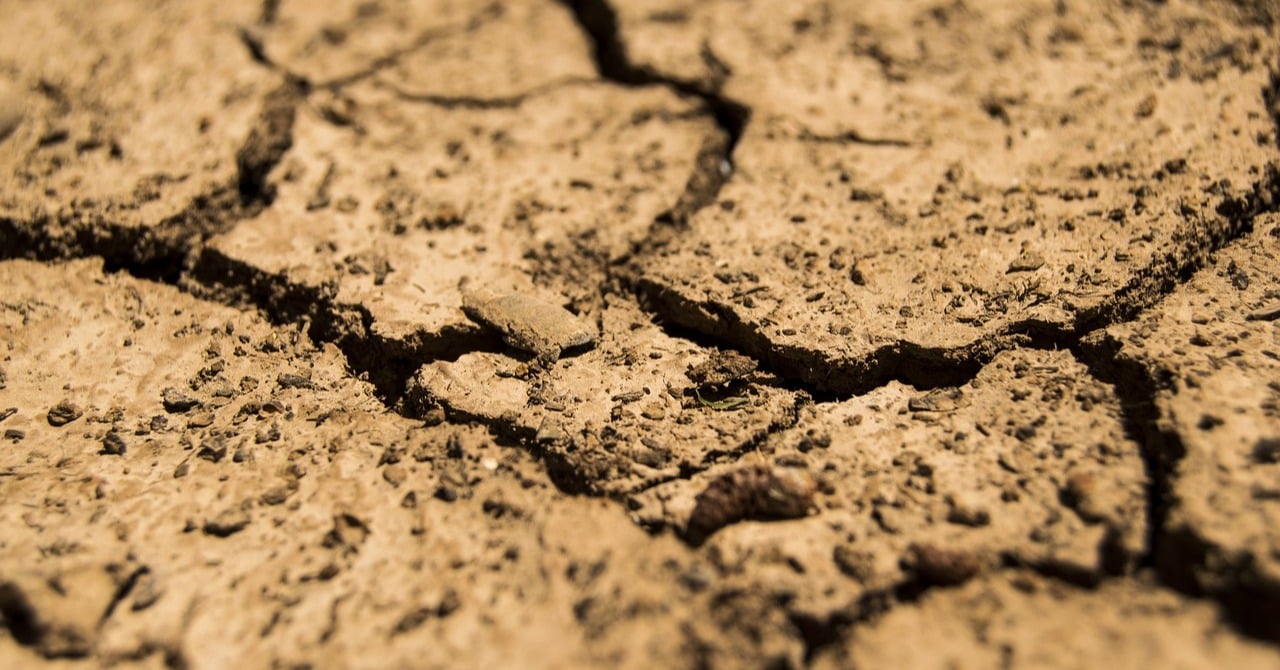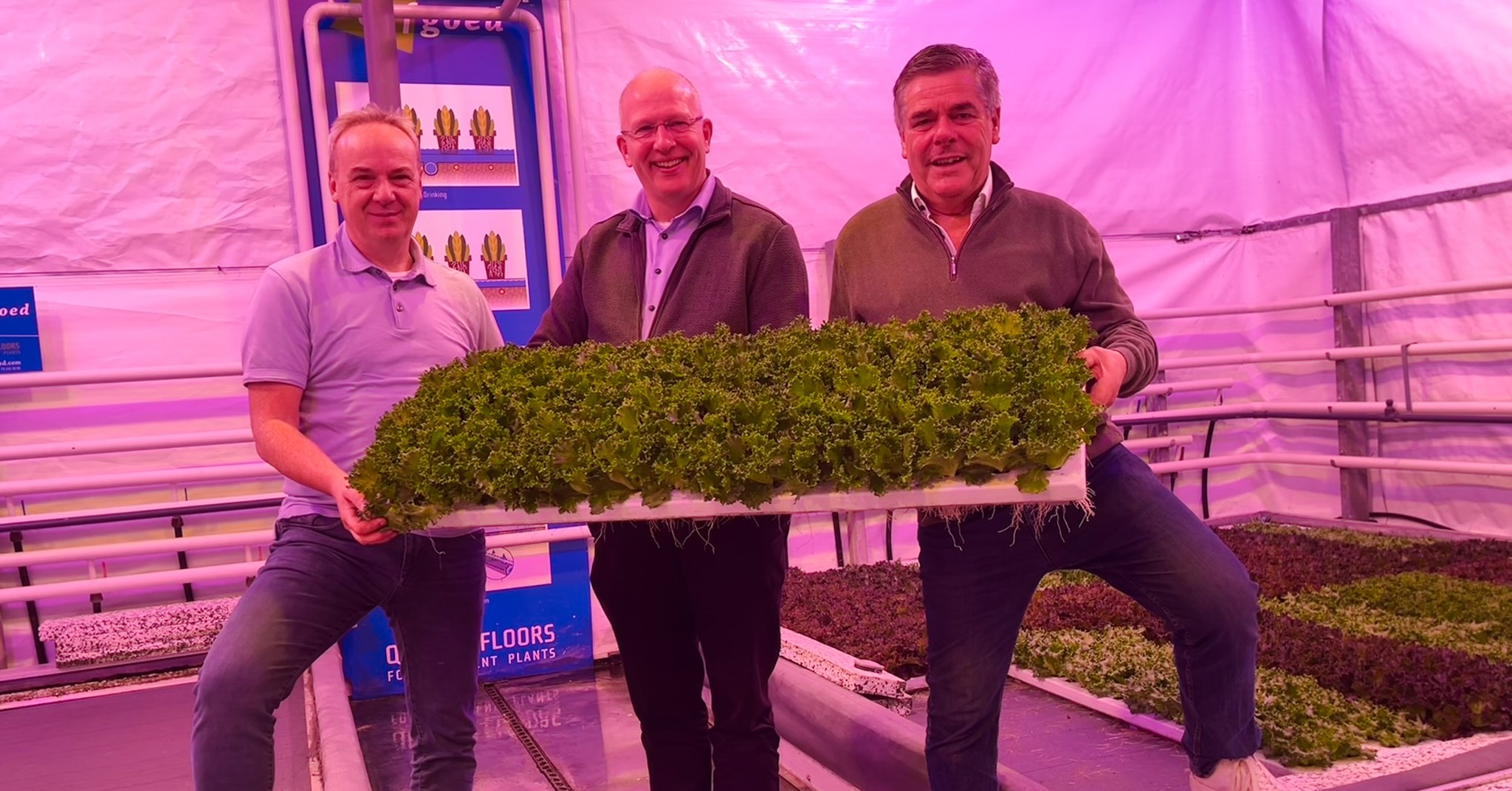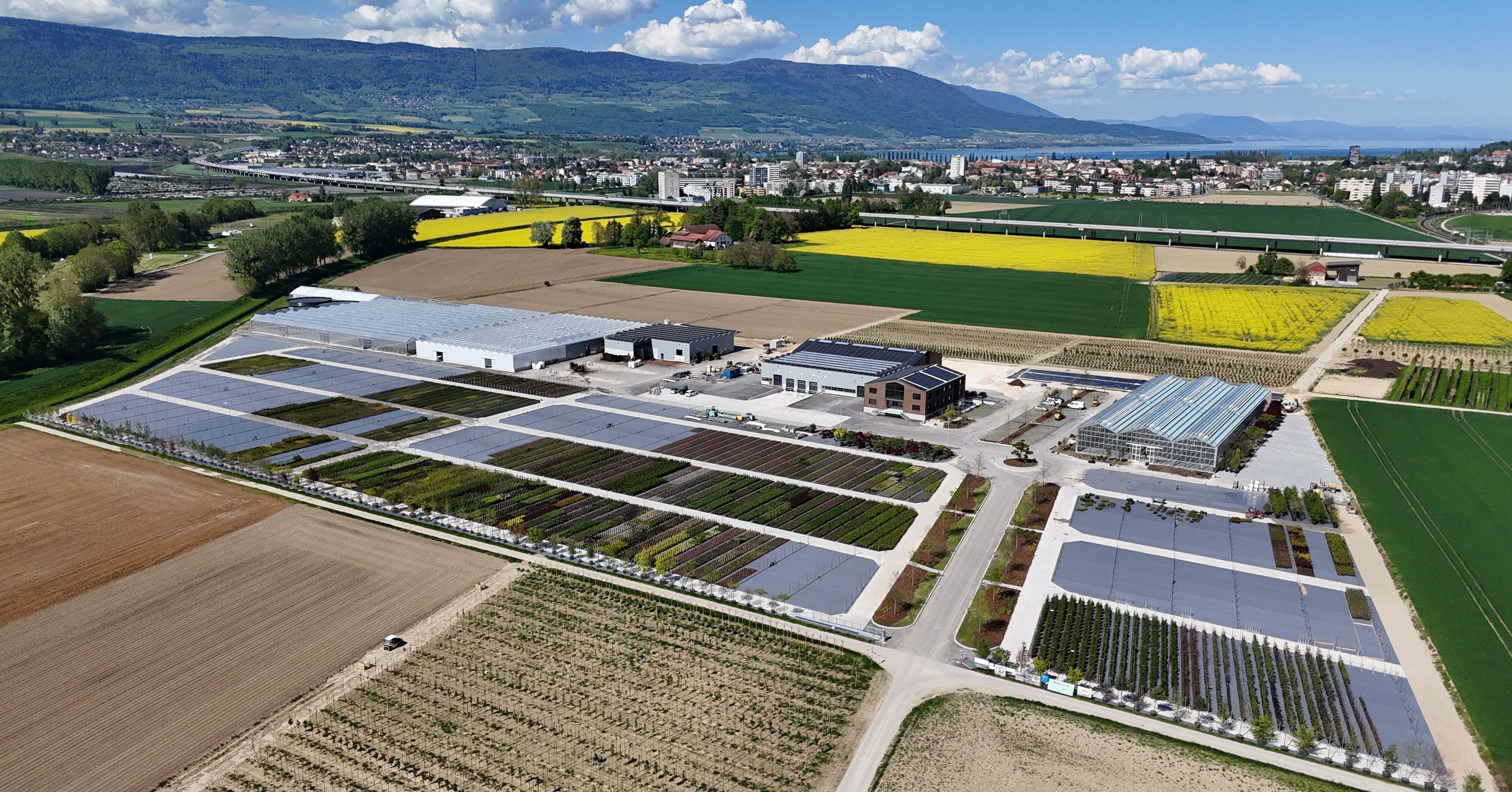- Prefer direct contact? +31 (0)79 593 38 00
- Language: English
How do you survive dry periods as a grower? 4 important tips!

How do you survive dry periods as a grower? 4 important tips!
Jul 26, 2023 9:05:28 AM
The climate is changing, and dry periods are becoming more frequent, putting pressure on water availability for the agricultural sector. And with it, the certainty of delivering a high-quality plant to your customers. As a grower, how do you ensure you can bridge dry periods, even in the future? Four crucial and strategic tips to prevent drought from hitting your business hard. The key: capture as much water as possible and limit your consumption as much as possible.
1. Ensure sufficient pipeline and storage capacity
To be able to withstand dry periods, it is important to collect the available water. Therefore, provide a sufficiently large basin and silos and be alert that the pipeline capacity is in order. Draw up a future-proof plan for this (you can read more about it here). This plan outlines your business's further development and structure, focusing on site layout and water management.
Exactly how large your pipe and storage capacity should be, we determine, among other things, based on climate data for your location. How much precipitation falls during a year, and in which period does most of the rain fall? And to what extent does this "match" the water demand from your crop? How much rain falls at peak times, and what is needed to absorb this precipitation?
We take all these issues into account when determining the required storage capacity. We also take the future development of your company into account. What will your nursery look like in ten years, and how much storage capacity will be needed then?
Alternative water sources - think wells or surface water - are also included in the calculation. This can lead to a reduction in the required storage capacity. But beware: well and surface water is often lower quality than rainwater.
2. Create separation of water streams
The nutritional value, or EC, of the various water streams in your nursery varies. Rainwater that falls on your greenhouse cover or field usually has a low EC, while water used for irrigation still contains the necessary nutrients. Separate these water streams as much as possible and store them separately.
It is important to reuse the water with a high EC as soon as possible. This way, you have as little storage of high EC water as possible, which helps prevent algae growth in storage. And by storing high EC water separately, you also save on fertilizer costs. You can then use water with a low EC as a long-term supply to (better) bridge dry periods. In this way, you ensure the intelligent reuse of your water!
3. Use the available water as economically as possible
It may seem obvious, but saving as much water as possible also helps to survive dry periods. ErfGoed offers several tools for this. One is the Effort ErfGoedFloor (a feature of our ErfGoedFloor Premium), where it is possible to temporarily coat the gravel layer with water, creating a higher RH between the plants, resulting in more evaporation. This contributes to a better and more active climate, as well as reducing the need for irrigation during the summer months. We hear from growers that the watering frequency can be significantly reduced.
An additional advantage is that fungus pressure in outdoor crops is reduced. In such crops, during the summer months, irrigation usually has to be done in the dark hours of early morning since daytime irrigation risks harming the plants. However, nighttime irrigation does increase fungal pressure. So this too can be contained with the Effort ErfGoedFloor.
In addition to the Effort ErfGoedFloor, the ErfGoedFloor Excellent can also help save water during watering cycles. In fact, it is possible to fill this floor with water for a short time - think about twenty minutes. This waters the plants and also raises the RH for a while, which again helps to save on watering.
Want to know more about how to save water? Then read this blog.
4. Choose the right irrigation system
Choosing the right irrigation system also defends you better against dry spells. The advice is to select drip irrigation or an ebb-and-flow floor. This is because you water extremely efficiently by watering the media, not the foliage.
You can also irrigate at any time of day. This differs from overhead irrigation: this is not always possible during warm periods. If the sun shines very hard, burning can occur. In addition, with overhead irrigation, a lot of water lands outside the pots, which can be considered wasted.
Revolutionize your irrigation strategy with our groundbreaking white paper on choosing the best system for bridging dry periods. Click now to unlock the secrets below.





